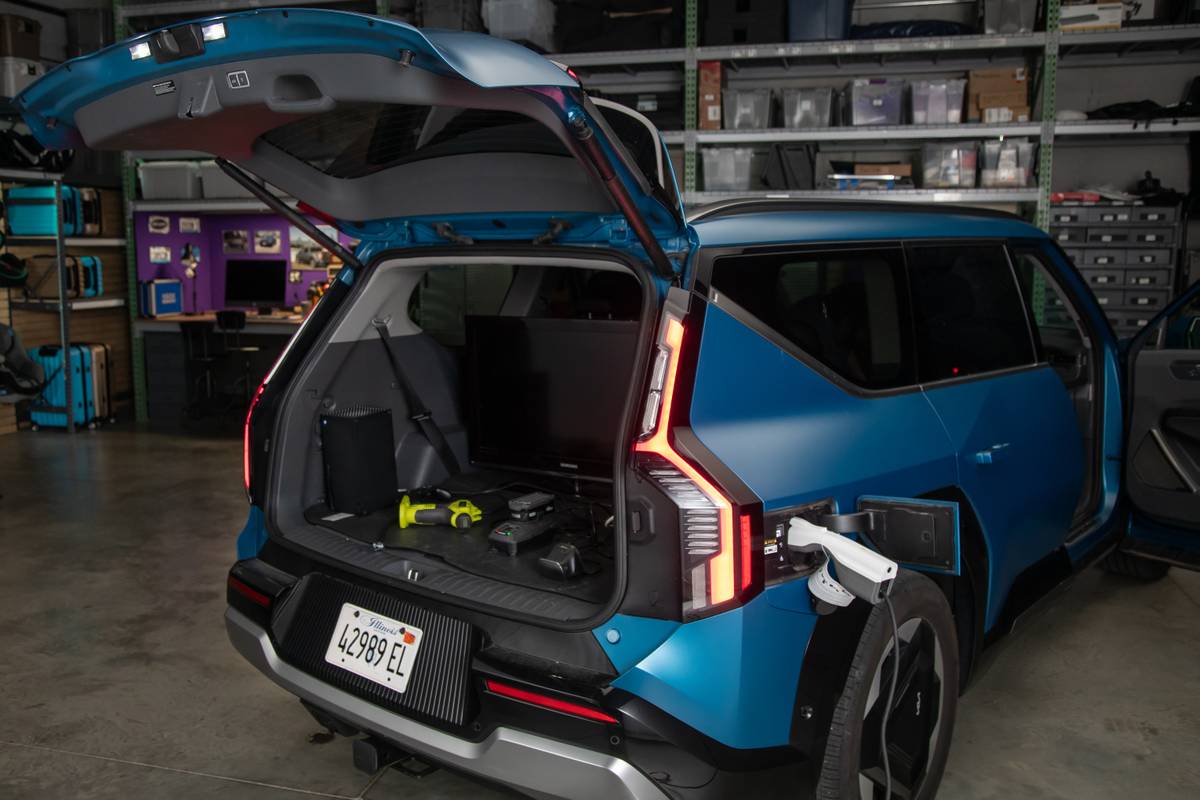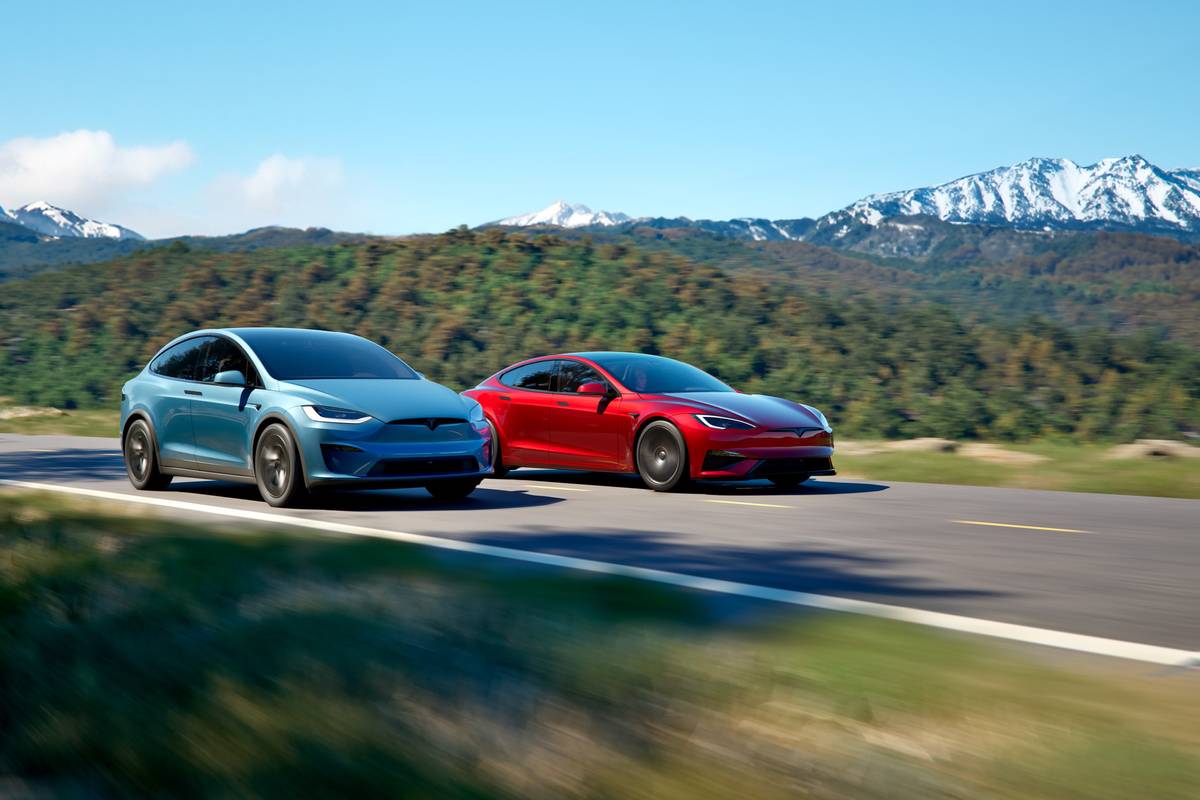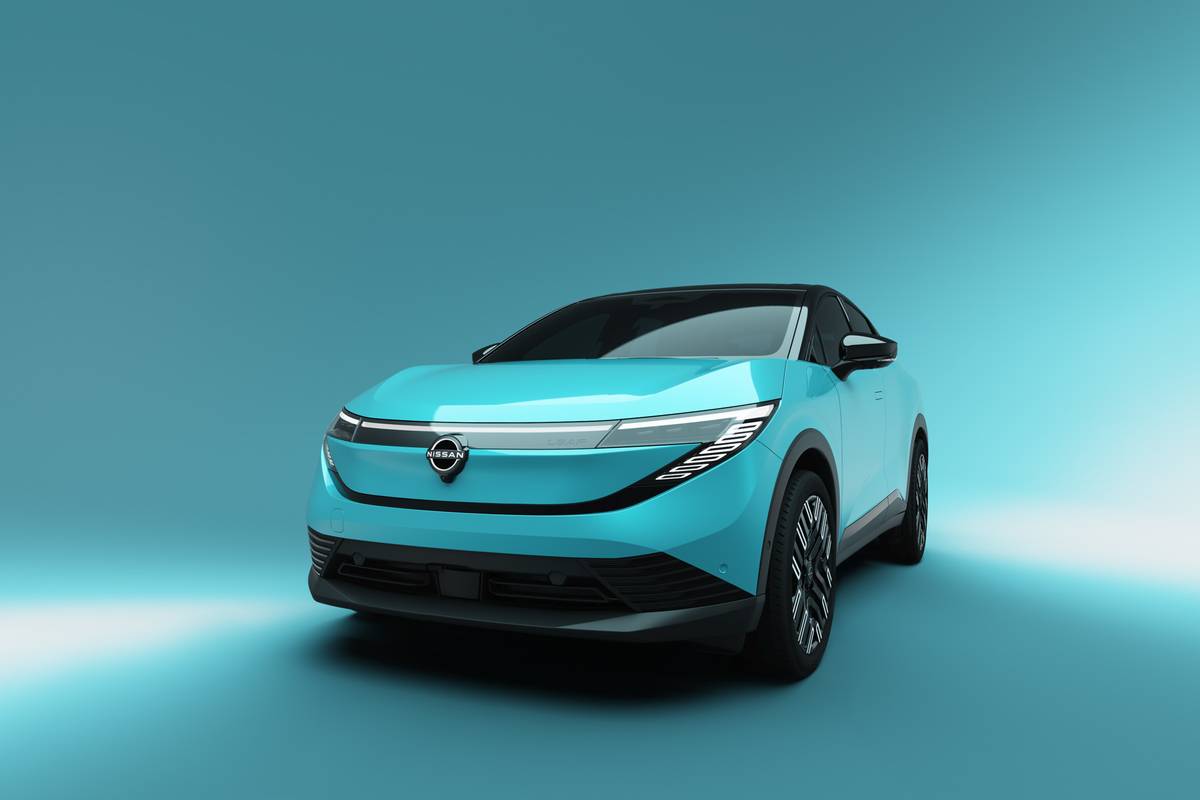Boston.com's view
I’m not an expert chef, but I’ve got a spice rack and know when someone’s thrown a dash of rosemary on my pork chops. I’m part of the MP3 generation, but I’ll hear if Miles Davis plays on iTunes. But when I felt the Tesla Roadster’s surging speed and tried comparing it to the newer Roadster Sport, well, my senses failed.
On public roads, the Sport’s extra torque, stickier tires, and two-tenths of a second advantage to 60 mph hardly registers. Like the regular Roadster, I’ve still got a strained neck, my forearms get that familiar tingle from pushing the manual steering, and the car’s battery life meter is lying — again. Did I miss something, or was that $20,000 flying by?
Money seems the only tangible difference between the two electric cars, other than a revised interior and black rims. Yet comparing the specs of the $128,500 Sport to the $109,000 “standard” Roadster is like figuring out what size Kitchen Aid mixer to buy. When both models are so plug-and-play effortless, does it matter if one churns out another dozen brownies?
In either form, the Tesla Roadster has become legendary simply for existing, the product of Silicon Valley optimism and proven sports car engineering. Right now, it is the only electric vehicle in production that can be driven on a real highway, an honor it will share with the Nissan Leaf and electric Ford Transit Connect later this year.
But neither of those are based on the lightweight Lotus Elise, a car that corners so hard it should be offered on indoor go-kart tracks. Even when laden with a 990-pound battery instead of a mid-mounted Toyota four-cylinder, the aluminum and carbon fiber Tesla weighs only 2,723 pounds. There are one gear, two seats, 375 volts, and 6,831 individual lithium-ion cells. That’s a lot of cakes.
On the Sport, 60 mph sneaks past in 3.7 seconds. At higher speeds, wind noise takes over and the motor’s silent, instantaneous torque dulls but never drowns out. Accelerating at full zap in the Tesla is like pulling back a wind-up toy car and releasing it onto a linoleum floor — without the risk of wearing out the motor. There’s no engine to warm up, no clutch to squeeze. You can’t even do a proper burnout. Just point, push, and hang on.
The last time I grabbed the keys to a Tesla (it’s a real key, since reengineering the Elise’s steering column was too much money) I didn’t give them back for three days. That was in the pothole-free playground of Southern California, where bicyclists dominate corkscrew roads that could double as private rally stages.
It’s not going to be that kind of heaven today. In fact I’ve only hours before it’s due back downtown while our other loaner, a 470-horsepower Jaguar XF Supercharged, stays behind.
Getting past Route 9’s weekend traffic is enough penance, and I spot a two-mile stretch of decent curves near Medfield that’s worth lapping about a dozen times. I can’t plot it on the Roadster’s JVC navigation/radio, because aftermarket systems like these are part of why Circuit City went out of business. The tiny buttons are hard to decipher, as are the many confusing menus within the cramped display.
Other parts of the interior also suffer from poor ergonomics. The non-adjustable steering wheel cuts off the top of the instrument cluster, and the climate knobs are sunk into the dash so the leather-covered trim hides their labels. The open storage bins manage to fill holes, but can’t be trusted to hold anything in place. Tesla likes bragging that many of its roughly 1,000 customers use the Roadster as a daily driver, but this interior — despite adding leather, deleting the shift lever, and revising the entire center console — still needs improvement. Now that they’ve gone public, Tesla won’t be able to excuse itself as a start-up company for much longer.
On the proper road, you wouldn’t care if the interior was ripped out of a U-Haul. You’re tensing, hands shuffling around the foot-wide steering wheel, as every dip and surface on the pavement comes through your upper body. You’re looking ahead, but it’s not far enough. The Roadster is already past that turn, and as it tries pushing you into the guardrail in a hard corner, the throttle fights right back. It’s a stable, surefooted ride.
It’s also efficient. Every time you coast, the Roadster recharges like a hybrid by reversing its electric motor, though there’s so much friction the brake lights illuminate. After some practice, it’s comforting since there’s no way to downshift.
Yet this kind of pleasure doesn’t last all day. Tesla estimates a 236-mile range, but the Roadster’s indicated battery life drops by the minute. Even with some restraint, the average owner — if I’m any example — won’t top 170 miles on a charge (though an Australian man did 313 in a competition). If you’re stranded and have to bum a clothes dryer plug off a stranger for eight hours, the Roadster’s glamour disappears.
The Sport model’s heavy premium doesn’t buy a much better car, not in the way this kind of money upgrades a 911 Carrera 4S to a GT3. But the price delivers an otherworldly experience, a visceral, satisfying rejection of the traditional fossil-fueled sports car. In the future, that may be a difference everyone will notice.
Latest news



